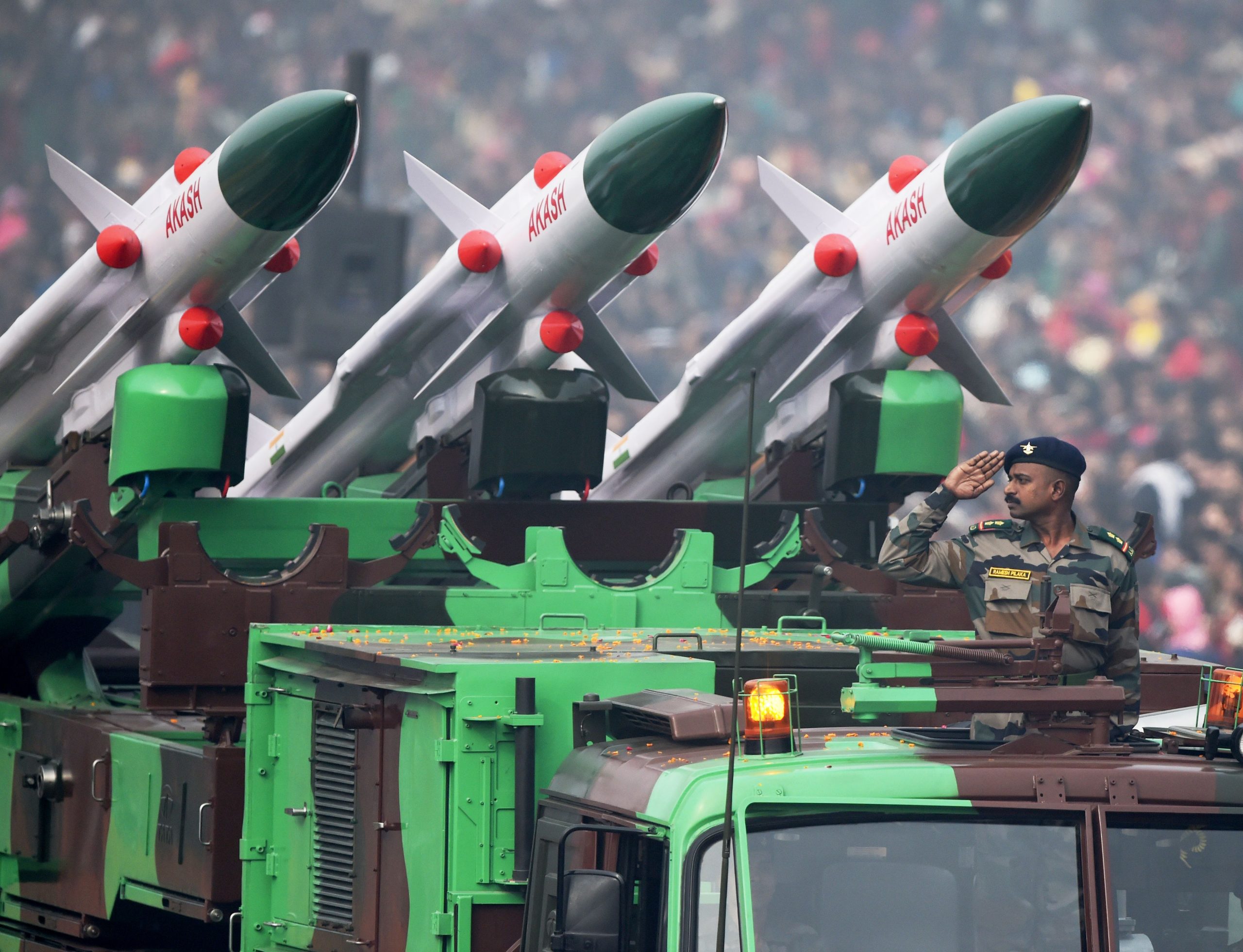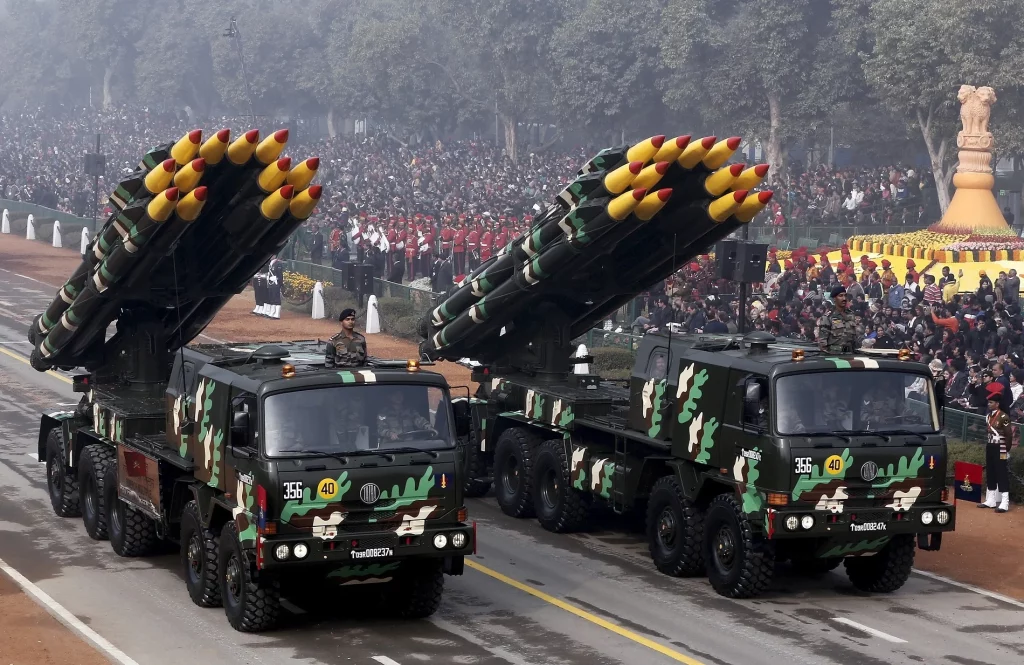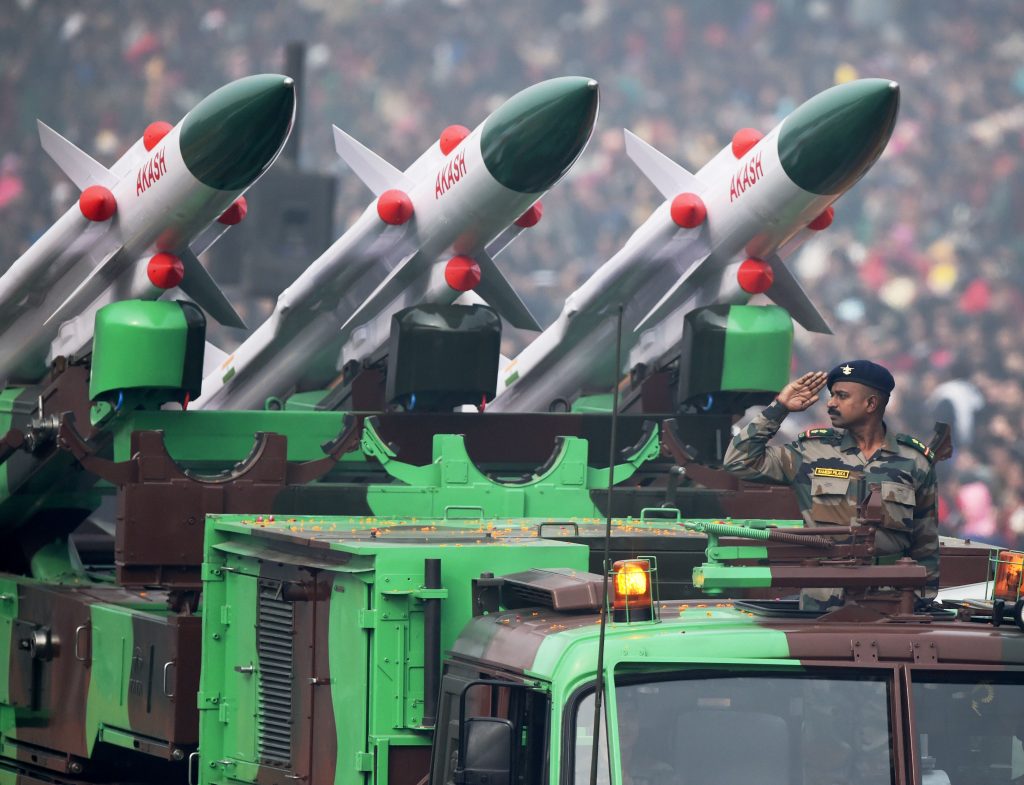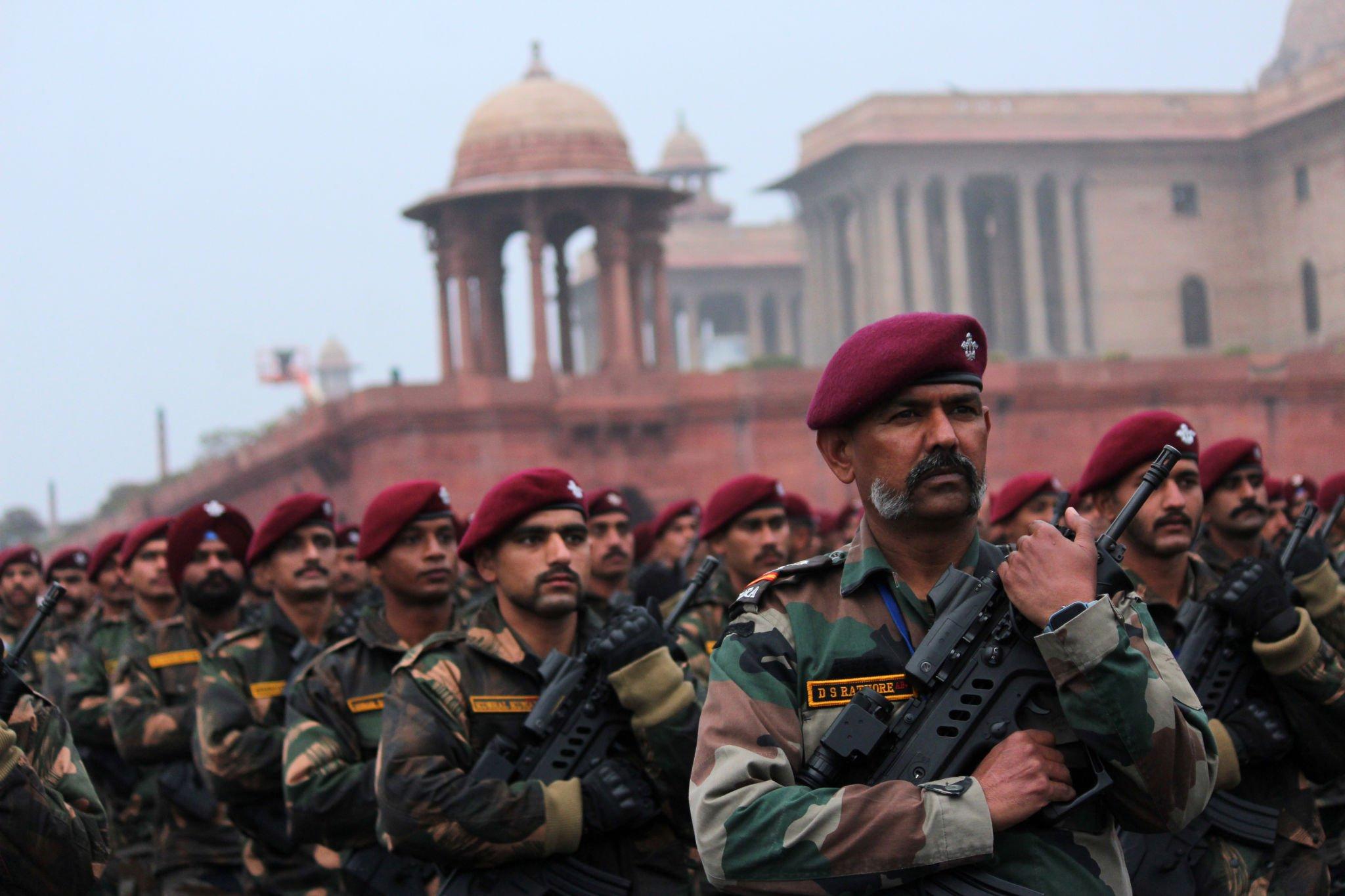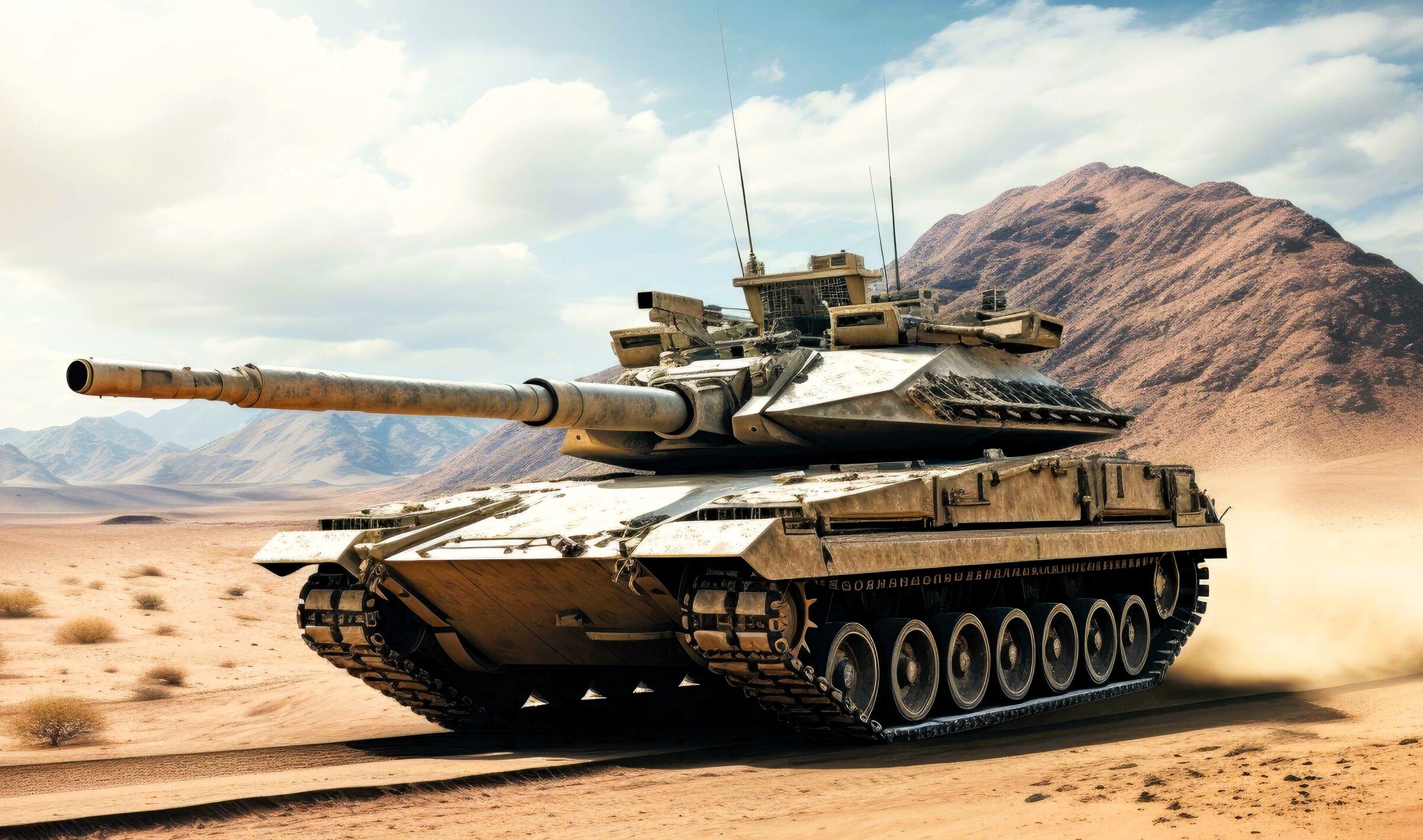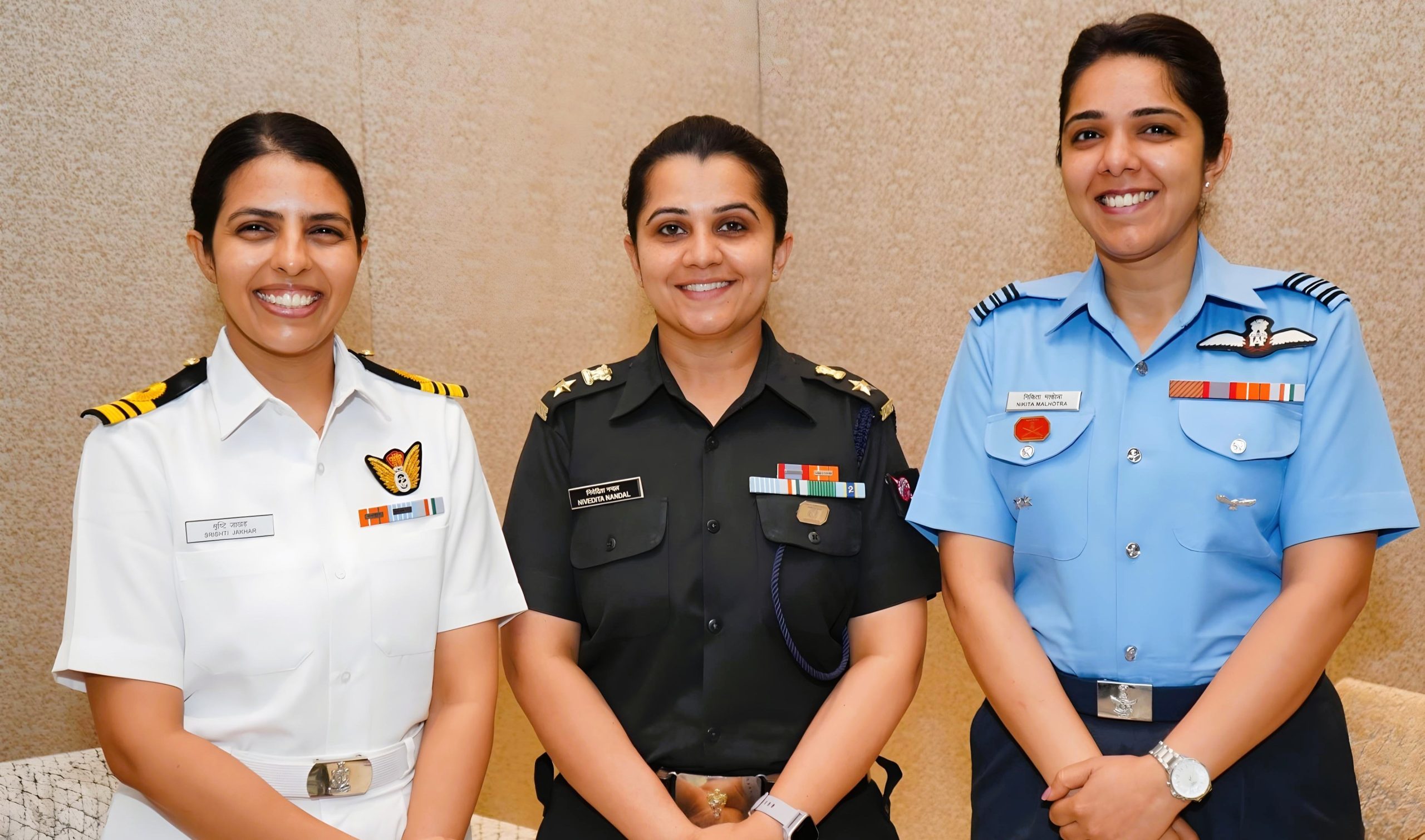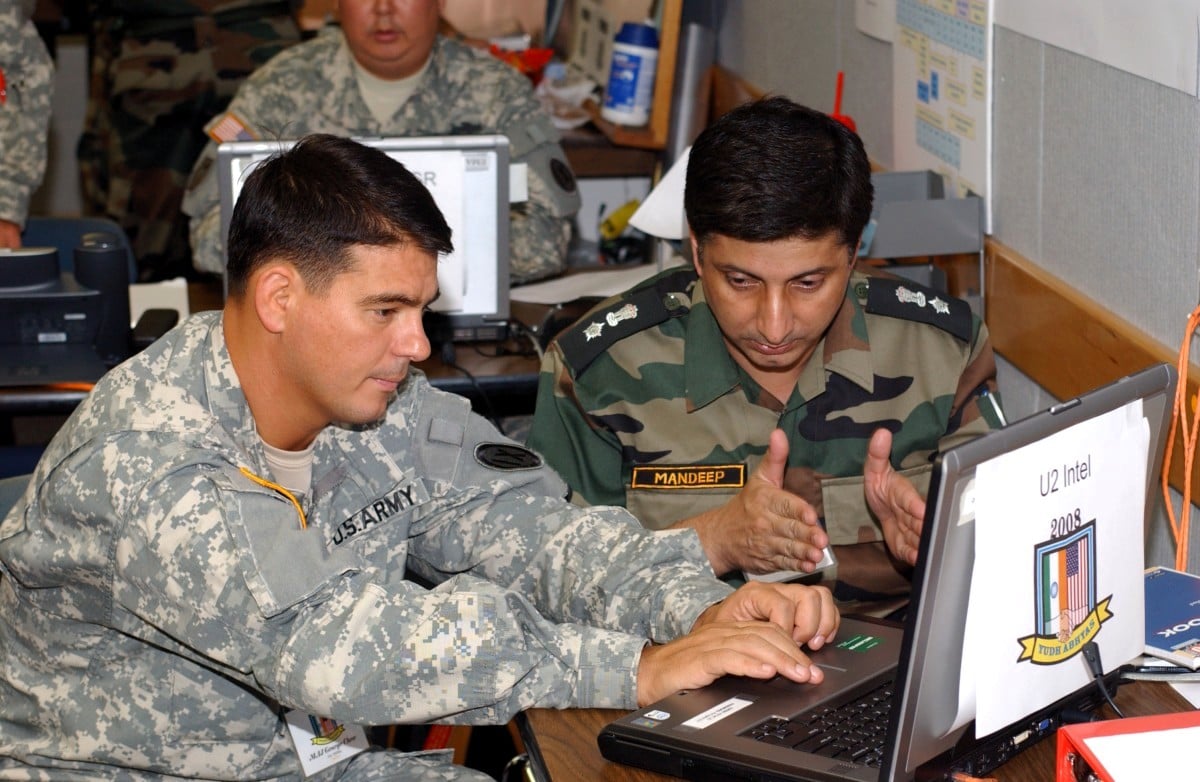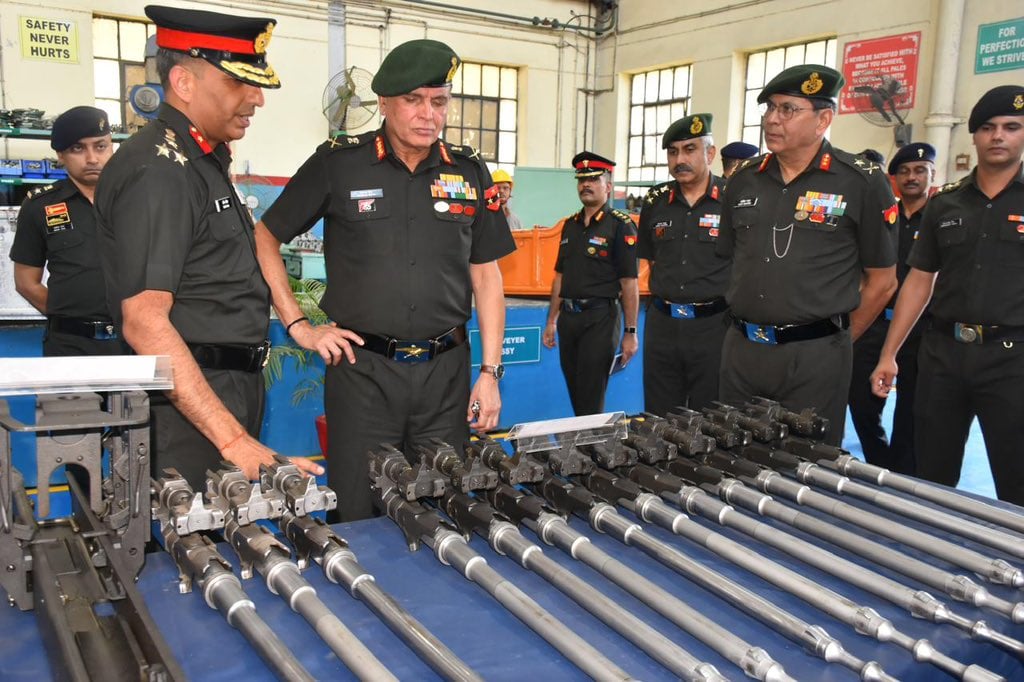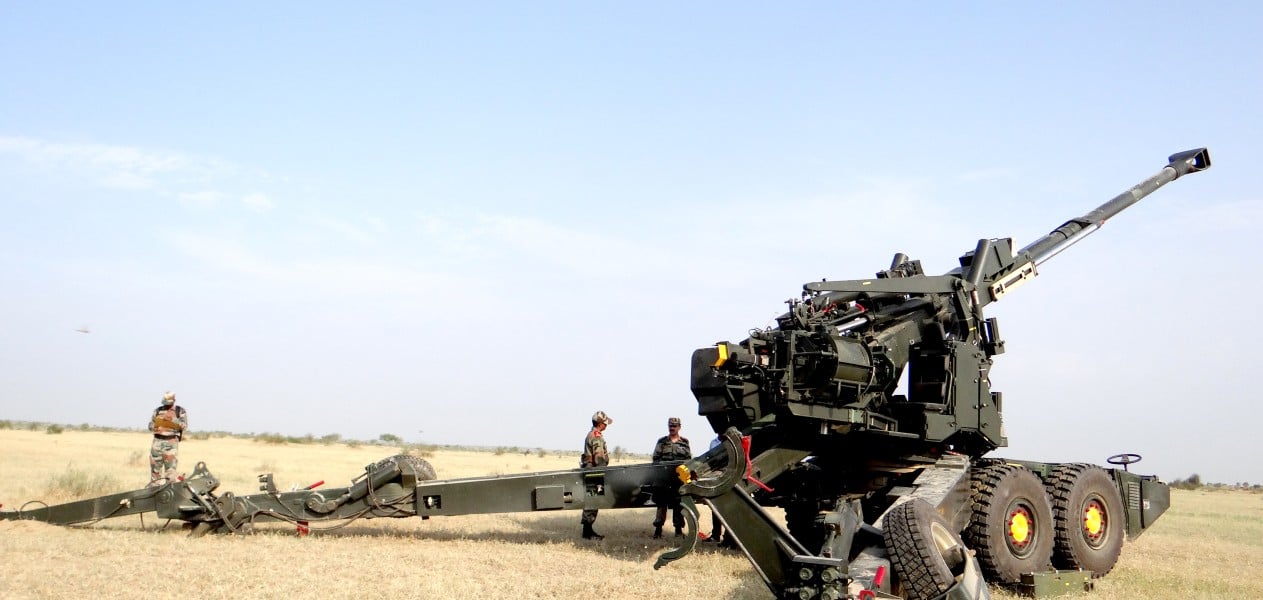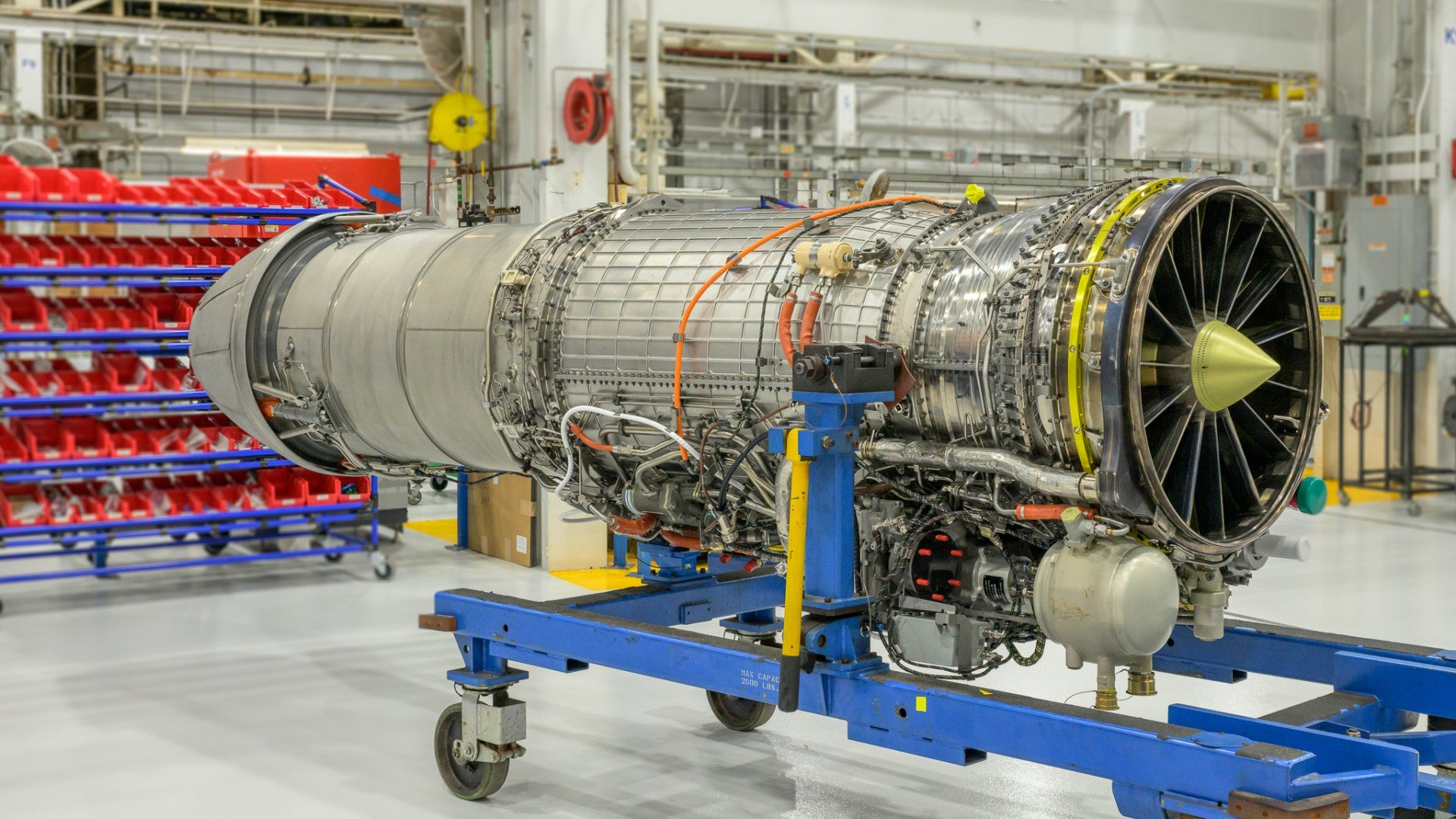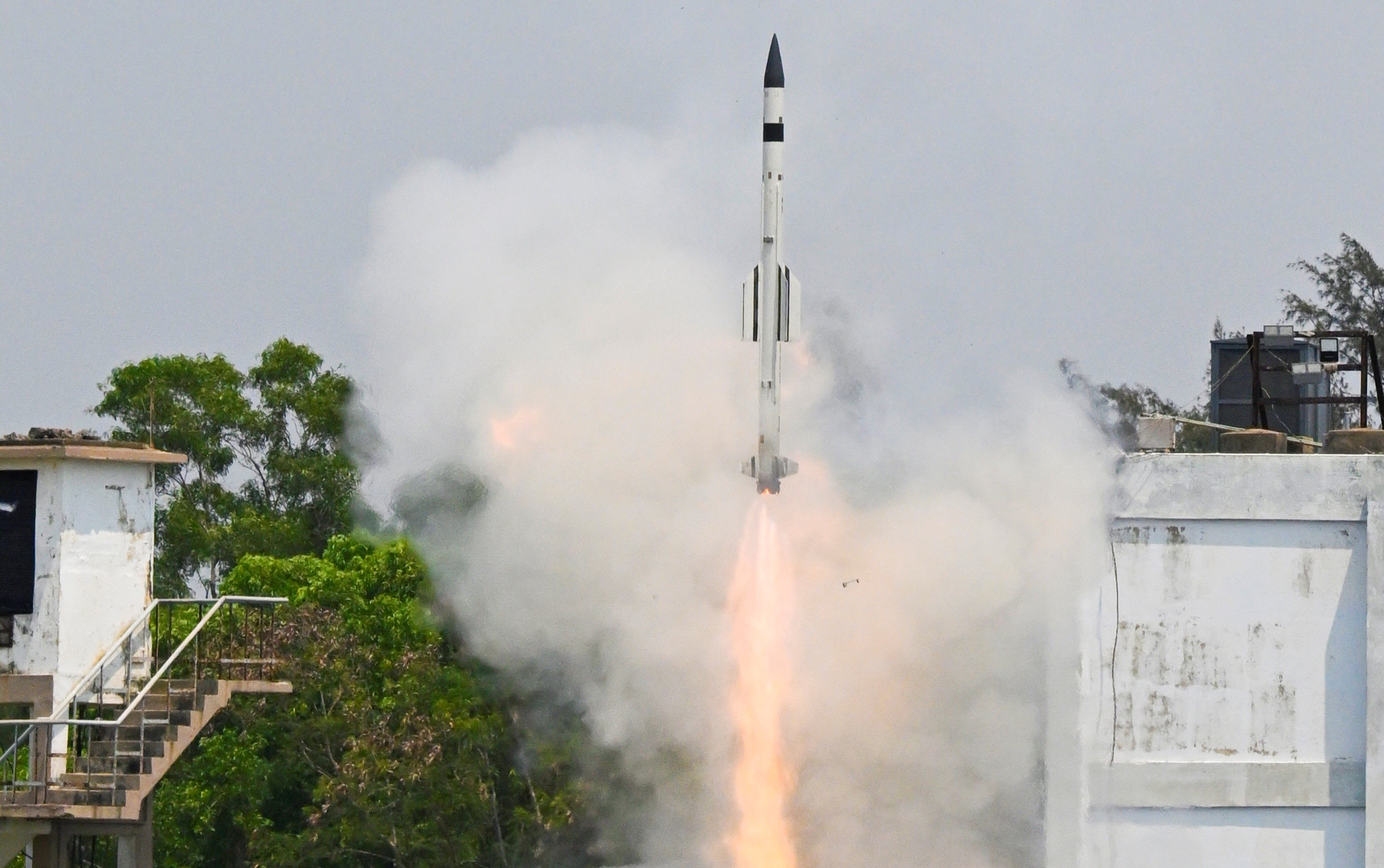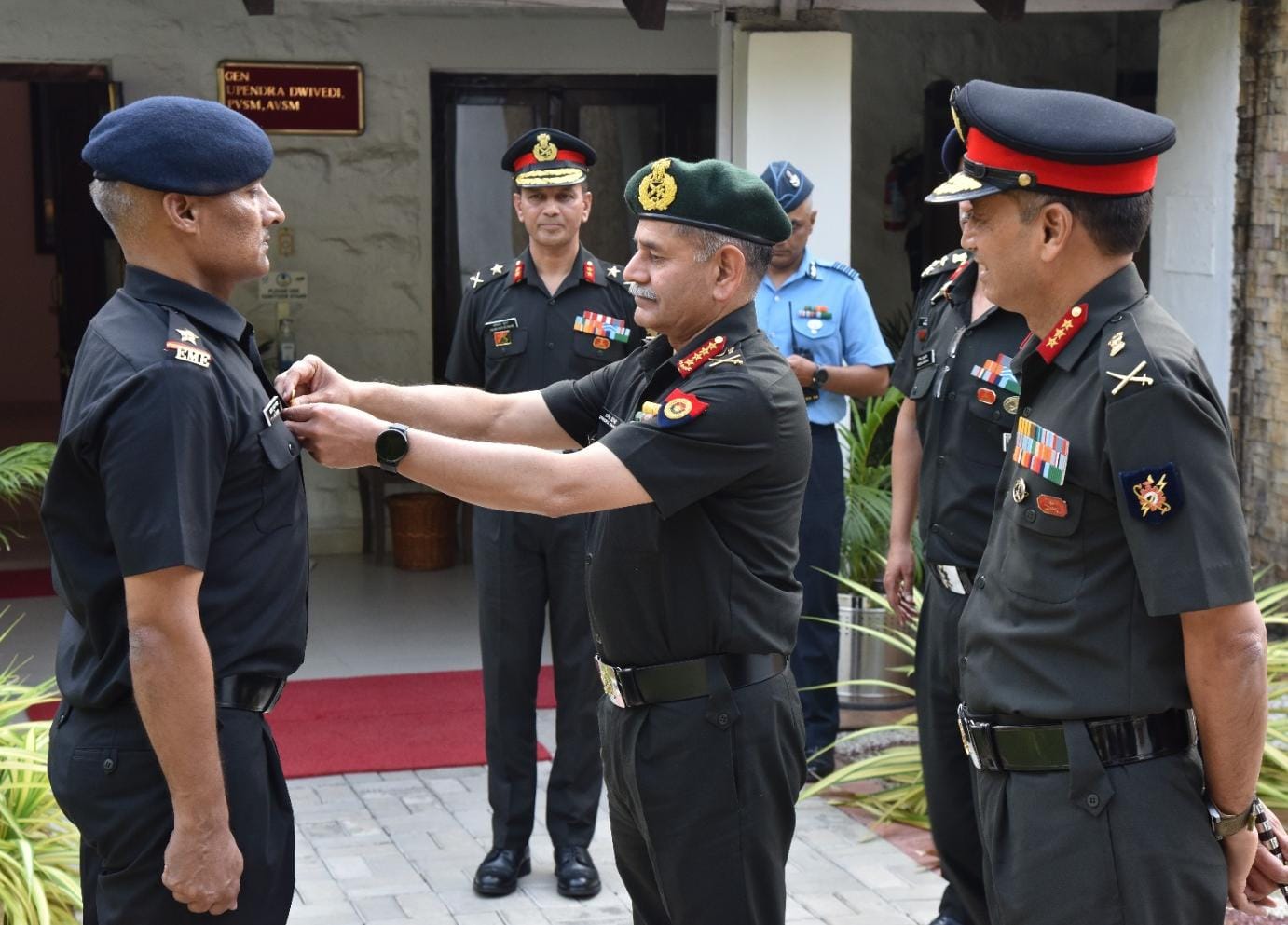The Indian Military operates a comprehensive Air Defence System (ADS) to safeguard the country’s airspace from any airborne threat. The ADS is a network of advanced sensors, radars, missiles, and command and control systems, working in tandem to detect, track, and intercept incoming threats. It is an integral part of India’s military defence strategy and plays a vital role in safeguarding the country’s sovereignty.
Components of Air Defence System
The ADS is composed of various elements that work in harmony to provide comprehensive air defence coverage. These include:
- Sensors and Radars: The primary function of sensors and radars is to detect and track incoming threats. The Indian Air Force (IAF) operates a variety of radars, including early warning radars, surveillance radars, and ground-based air defence (GBAD) radars. These radars have different ranges and capabilities, with some having the ability to detect incoming threats from a distance of up to 400 km.
- Surface-to-Air Missiles (SAMs): SAMs are used to intercept and destroy incoming threats, including enemy aircraft, missiles, and drones. India has developed and deployed a range of SAM systems, including the Akash, Barak-8, and the advanced S-400 Triumf system from Russia. These systems provide both short-range and long-range air defence capabilities.
- Fighter Aircraft: The IAF’s fleet of fighter aircraft, including the Sukhoi Su-30MKI and the MiG-29, play a crucial role in air defence. These aircraft can engage enemy aircraft and support ground-based air defence systems by providing additional targeting information.
- Command and Control Systems: The ADS is supported by a network of command and control systems that provide real-time information on incoming threats, track the location of friendly aircraft, and facilitate the deployment of air defence assets.

Indian Air Defence System Capabilities
The ADS has a range of capabilities that make it one of the most sophisticated air defence systems in the world. Some of the key capabilities include:
- Integrated Air Defence: The ADS is an integrated system that combines sensors, radars, SAMs, and fighter aircraft to provide comprehensive air defence coverage. This integration allows for a coordinated response to incoming threats, with the different elements of the system working in tandem to detect and neutralize any airborne threat.
- Multi-Layered Defence: The ADS is designed to provide a multi-layered defence against incoming threats. This means that the system has multiple layers of sensors, radars, and SAMs, with each layer providing a different level of defence. This multi-layered approach ensures that any incoming threat is detected and intercepted before it can reach its target.
- Mobility and Flexibility: The ADS is a mobile and flexible system that can be deployed to different locations based on the threat level. This mobility allows for rapid deployment of air defence assets to any part of the country, making it difficult for an adversary to plan an attack.
- Electronic Warfare Capabilities: The ADS has advanced electronic warfare capabilities that can disrupt and neutralize enemy radar and communications systems. This allows the system to gain a tactical advantage over the enemy and prevent them from carrying out their mission.
Challenges and Future Plans
Despite its advanced capabilities, the ADS faces a number of challenges. These include the need for modernization and upgrading of existing systems, the threat posed by emerging technologies such as stealth aircraft and drones, and the need to improve the coordination and interoperability of different air defence assets.
To address these challenges, India has initiated a number of modernization and upgradation programmes, including the procurement of advanced SAM systems such as the S-400 Triumf from Russia, and the development of indigenous SAM systems such as the Akash NG. India is also investing in emerging technologies such as directed energy weapons.

